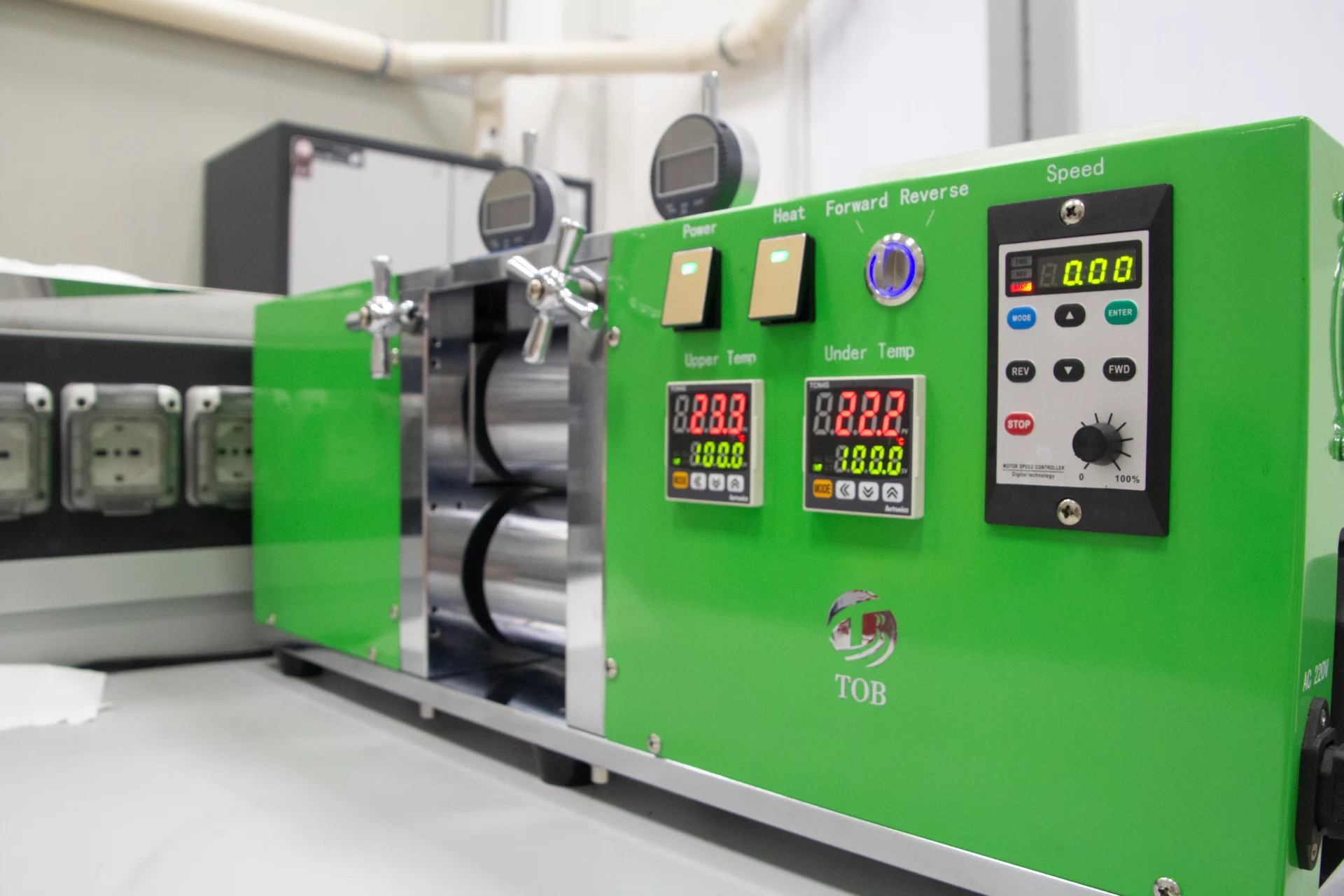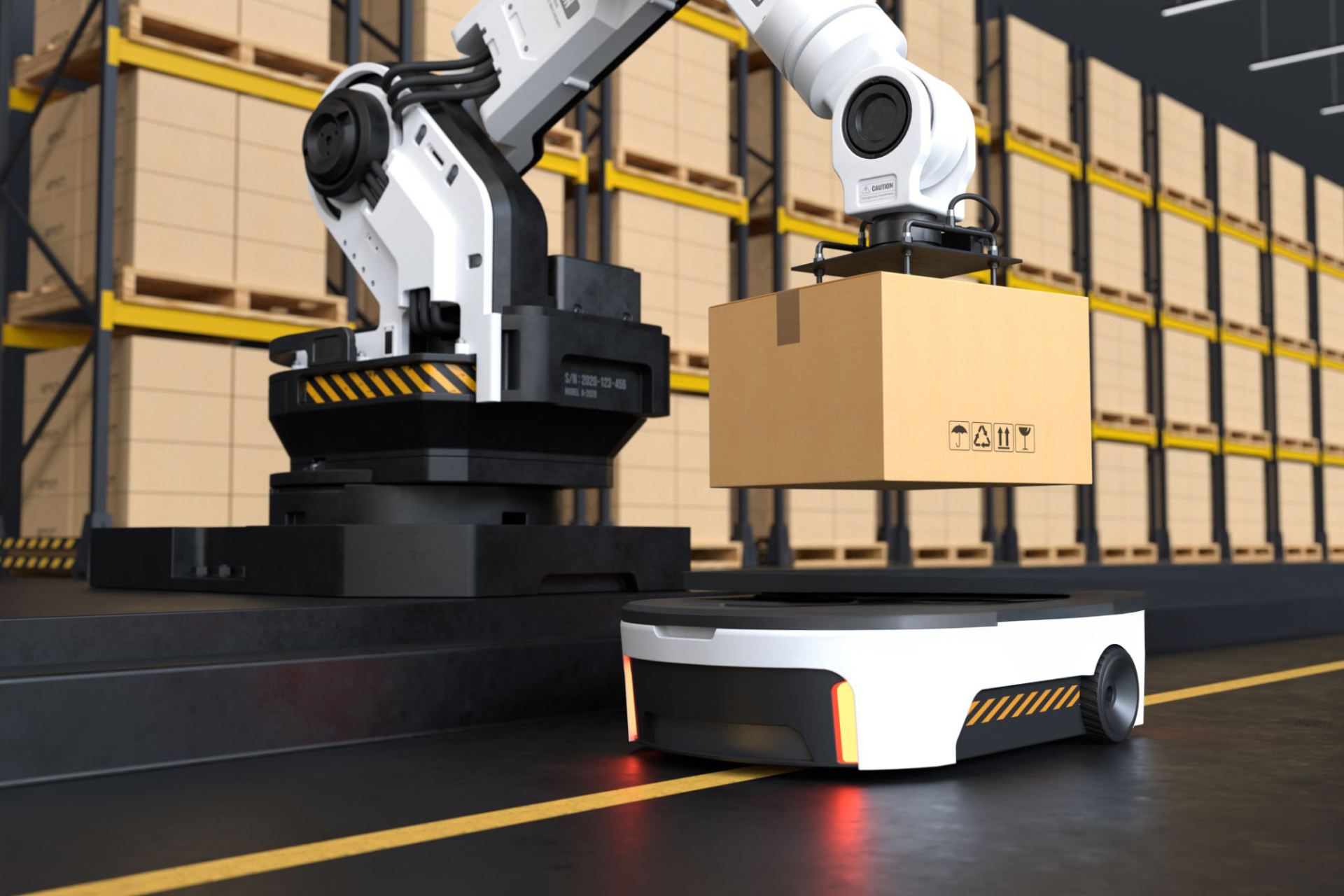BATTERY CHEMICALS: LFP vs NMC
21/05/2024
Battery Chemistry: LFP vs NMC - Technical Analysis
Lithium batteries have become a key component of our daily lives, powering a wide range of electronic devices and vehicles. Two of the most significant and widely used lithium battery chemistries are lithium iron phosphate (LFP) and nickel manganese cobalt (NMC). Both of these chemistries have unique properties that make them suitable for different applications, and each has its own advantages and challenges.
Iron lithium phosphate, known as LFP, is composed of iron phosphate and lithium as a cathode material. The nominal voltage of a typical LFP cell is around 3.2 V. One of the main attractions of LFP batteries is their remarkable safety. They are known for their thermal and chemical stability, making them less prone to fire or explosion than other lithium battery chemistries. This stability is due in part to the inherent nature of iron phosphate. In addition, LFP batteries tend to have a long service life, often outlasting other chemistries in terms of the number of charge and discharge cycles. This makes them particularly attractive for applications where longevity is essential.
Economically, iron phosphate is relatively abundant and less expensive than other materials, making LFP batteries an economical choice. However, one challenge associated with LFP batteries is their relatively low energy density, which means they can store less energy per unit volume or weight than other chemistries.
On the other hand, we have nickel manganese cobalt, or NMC, batteries. These batteries use a combination of nickel, manganese and cobalt as the cathode material and have a typical voltage rating around 3.6-3.7 V per cell. One of the main advantages of NMC batteries is their high energy density. This characteristic makes them particularly suitable for applications where space and weight are critical factors, such as in electric vehicles or mobile devices. The versatility of NMC batteries is highlighted by the fact that they are used in a wide range of applications, from cell phones to large electric vehicles. However, they are not without challenges. Cobalt, one of the main components of NMC batteries, is known to be expensive. In addition, cobalt mining is often associated with ethical and environmental issues. In terms of safety, while NMC batteries are generally safe, they may be more prone to thermal problems than LFP batteries, especially if damaged or inappropriately charged.
In conclusion, both LFP and NMC batteries play a crucial role in today’s energy landscape. The choice between these two chemistries will depend on the specific needs of the application and the trade-offs that users or manufacturers are willing to make in terms of cost, energy density, safety, and durability. Both chemistries have much to offer, and research continues to further improve their performance and reduce their costs.
Battery Chemistry: LFP vs. NMC - The Market
According to the IEA’s Global EV Outlook 2023, demand for lithium-ion automotive batteries saw an impressive 65 percent increase in 2022, reaching 550 GWh. This growth has been fueled mainly by the growing popularity of electric cars. Interestingly, despite the historical dominance of NMC batteries, these batteries maintained a market share of 60% in 2022, while LFP batteries saw significant growth, reaching a market share of just under 30%. This growing trend of LFP batteries has been largely driven by the preferences of Chinese manufacturers. In fact, nearly 95 percent of LFP batteries for light electric vehicles were used in vehicles produced in China.
READ OTHER ARTICLES
Supercapacitor technology: a technical overview
SUPERCAPACITOR TECNOLOGY: A TECHNICAL OVERVIEW 15/10/2025 Supercapacitors represent one of the most fascinating developments in the field of energy storage.Unlike traditional batteries, …
Supercapacitors: the key to modern logistics
SUPERCAPACITORS: THE KEY TO MODERN LOGISTICS 25/09/2025 From automated warehouses to AGVs: how supercapacitors are transforming logistics processes The evolution of logistics, …


